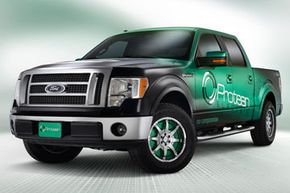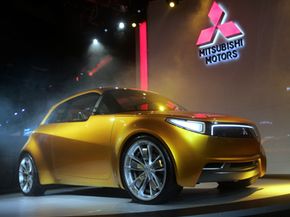Most car owners don't give much thought to the wheels and tires on their cars -- and who can blame them, really? If your tires are working the way they're supposed to, there's usually not much more to think about. There's a significant amount of technology, design and research that goes into making a good tire, but only two things typically come to mind when someone is buying new tires: How much do they cost? And how long will they last?
However, for a little more than a decade, many car manufacturers and tire companies have been working hard to change how automobile owners think about and use their tires. More specifically, they want to take the vehicle's power supply, as well as many other integral parts of a functioning automobile, and place it all inside the wheel. Based on that description, it probably won't come as a surprise to you that these somewhat new components are called in-wheel motors. And companies like Michelin are hoping that this new technology will revolutionize the future of transportation.
Advertisement
The basic principle behind a vehicle equipped with in-wheel electric motors is simple. The internal combustion engine normally found under the hood is simply not necessary. It's replaced with at least two motors located in the hub of the wheels. These wheels contain not only the braking components, but also all of the functionality that was formerly performed by the engine, transmission, clutch, suspension and other related parts.
Although the concept is relatively simple in theory, in-wheel motors pose a number of questions about performance, function and efficiency. We'll take a look at all of these questions and more beginning on the next page.
Advertisement




